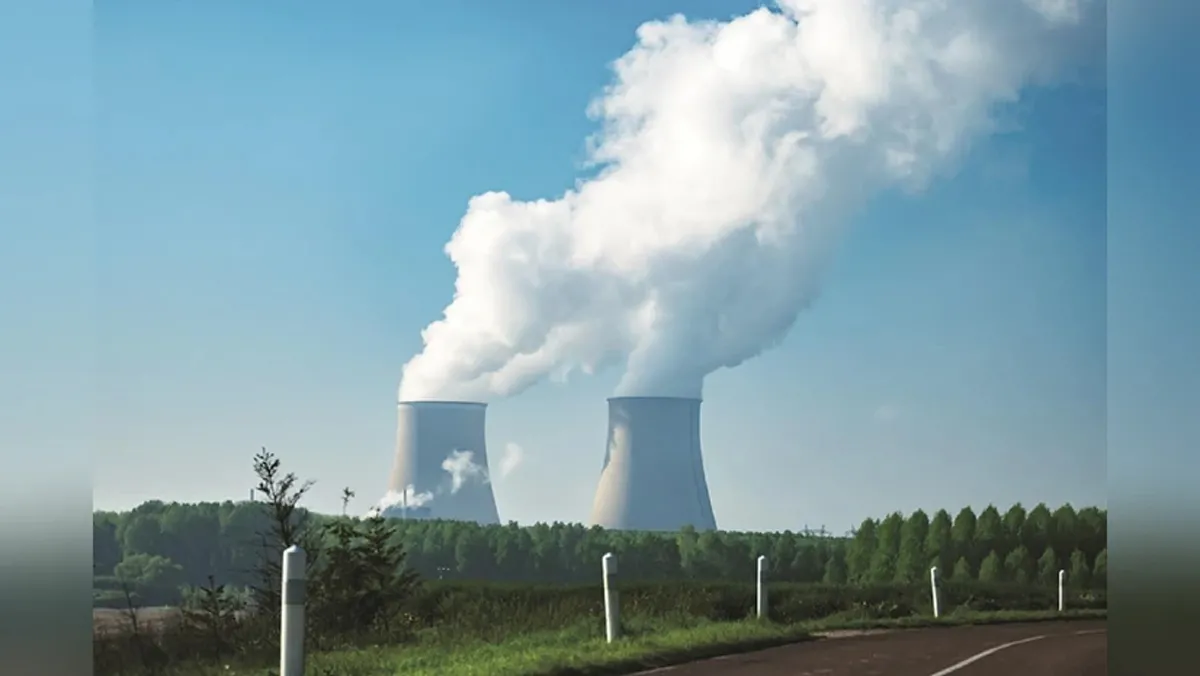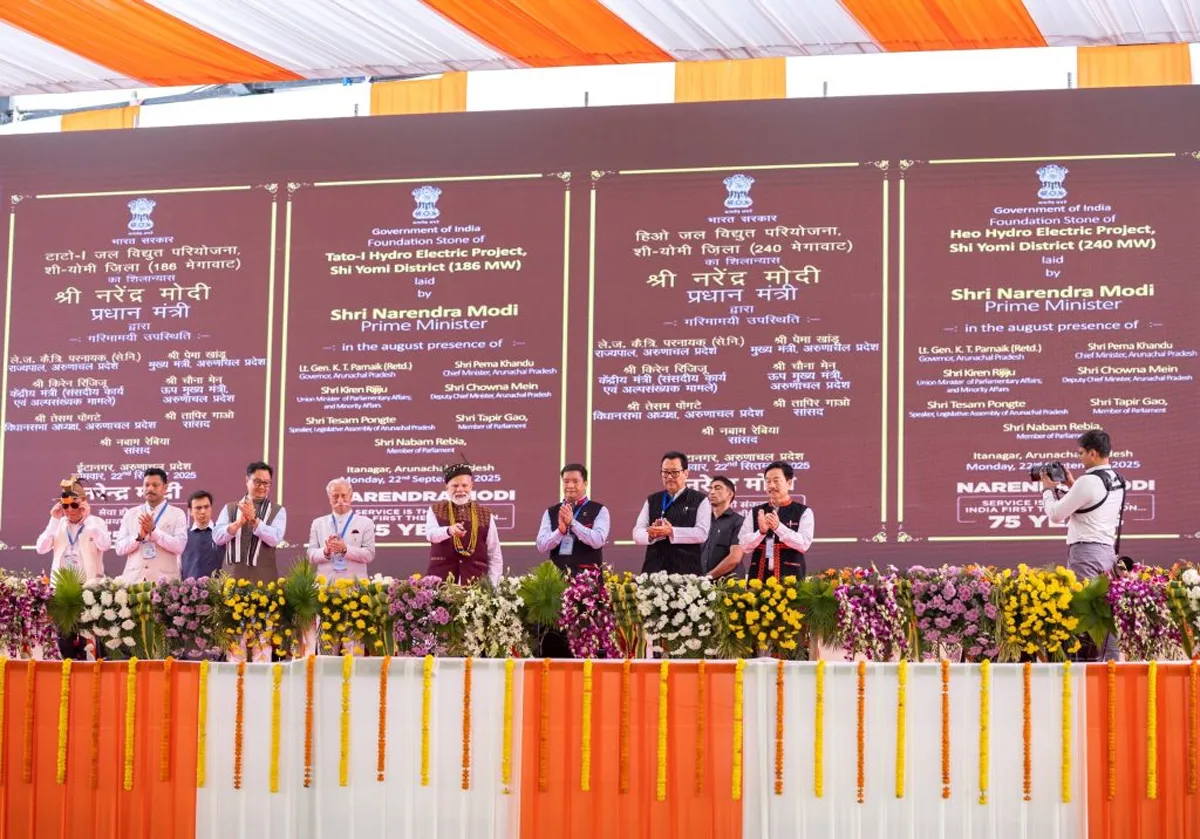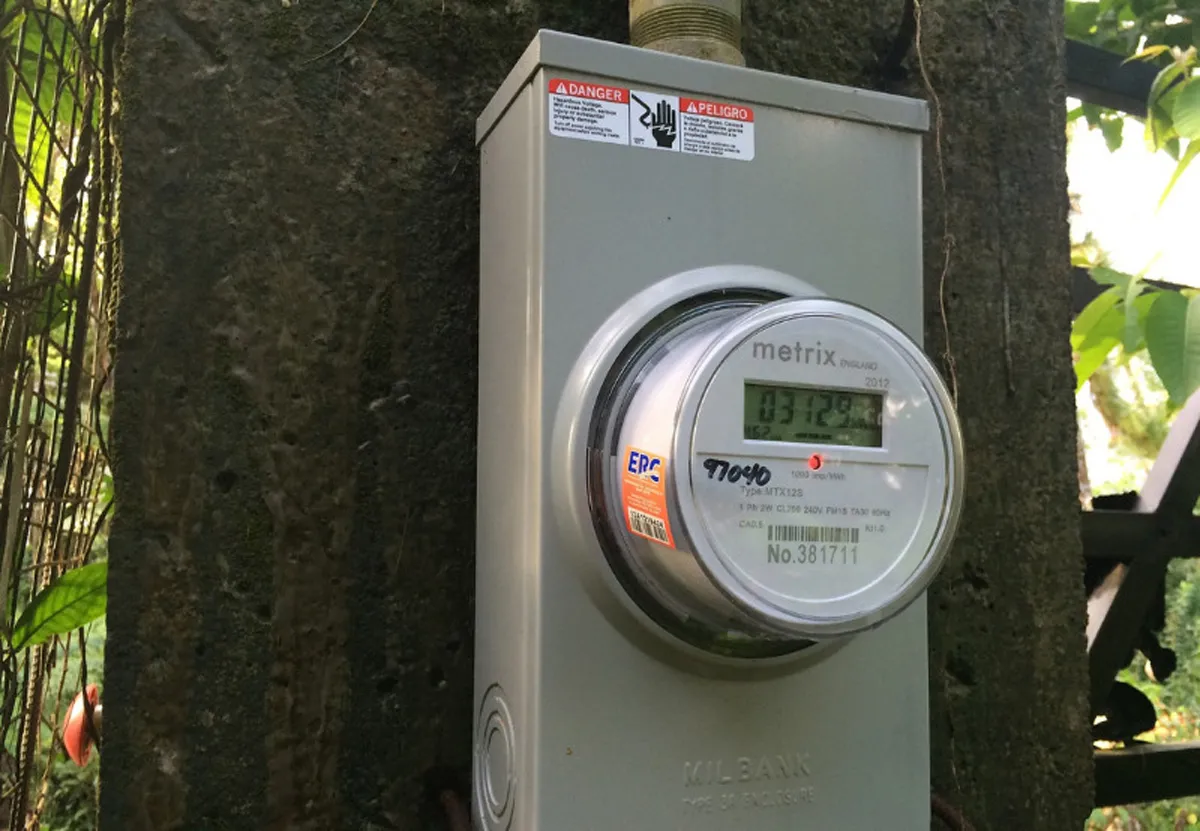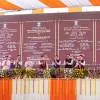Everest PEBs: Revolutionising Construction
Read full article
CW Gold Benefits
- Weekly Industry Updates
- Industry Feature Stories
- Premium Newsletter Access
- Building Material Prices (weekly) + trends/analysis
- Best Stories from our sister publications - Indian Cement Review, Equipment India, Infrastructure Today
- Sector focused Research Reports
- Sector Wise Updates (infrastructure, cement, equipment & construction) + trend analysis
- Exclusive text & video interviews
- Digital Delivery
- Financial Data for publically listed companies + Analysis
- Preconceptual Projects in the pipeline PAN India

Mahi-Banswara Nuclear Project Siting Transferred to ASHVINI
India’s nuclear regulator, the Atomic Energy Regulatory Board (AERB), has transferred the siting consent for the Mahi-Banswara Atomic Power Project from the Nuclear Power Corporation of India Limited (NPCIL) to Anushakti Vidyut Nigam (ASHVINI), a joint venture company developing the 2,800 MWe project.Prime Minister Narendra Modi is scheduled to lay the foundation stone for the Mahi-Banswara Rajasthan Atomic Power Project (MBRAPP) on 25 September. The project marks the entry of the National Thermal Power Corporation (NTPC) into India’s nuclear power sector.ASHVINI, a joint venture between N..

PM Modi Launches Rs 5.1 Billion Projects in Arunachal Pradesh
Prime Minister Narendra Modi today launched infrastructure projects worth over Rs 5.1 billion in Arunachal Pradesh, underscoring the state’s growing role in energy and regional development. He virtually laid the foundation stones for two major hydropower projects in Shi Yomi district, as well as a convention centre in Tawang. Additional projects worth over Rs 1.29 billion were rolled out across road connectivity, healthcare, and fire safety sectors.Addressing a public gathering at Indira Gandhi Park in Itanagar, PM Modi described Arunachal Pradesh as both the land of the rising sun and a cra..

Power Ministry Forms Committee to Standardise Smart Meter Training
The Ministry of Power is establishing a steering committee and a sub-working group of domain experts to standardise training modules and create standard operating procedures (SOPs) and guidelines for smart meter data analytics, adoption of standards-based regimes, and cybersecurity practices for distribution companies (DISCOMs).The National Data Analytics and Reporting Centre at the National Power Training Institute, Faridabad, will conduct training programmes for DISCOM officials and provide guidance on customising use case analytics. It will also offer a “Leadership and Strategic Managemen..
















